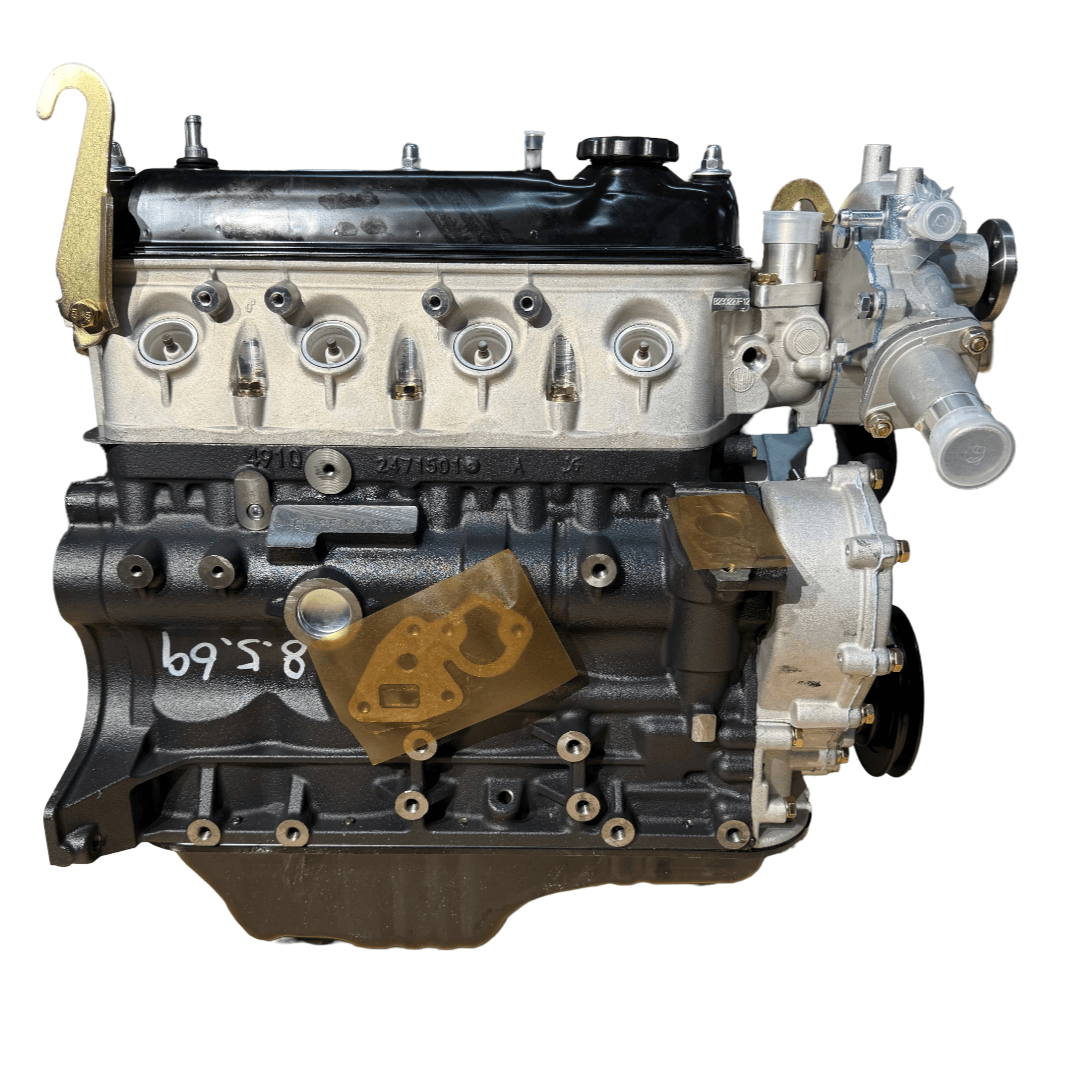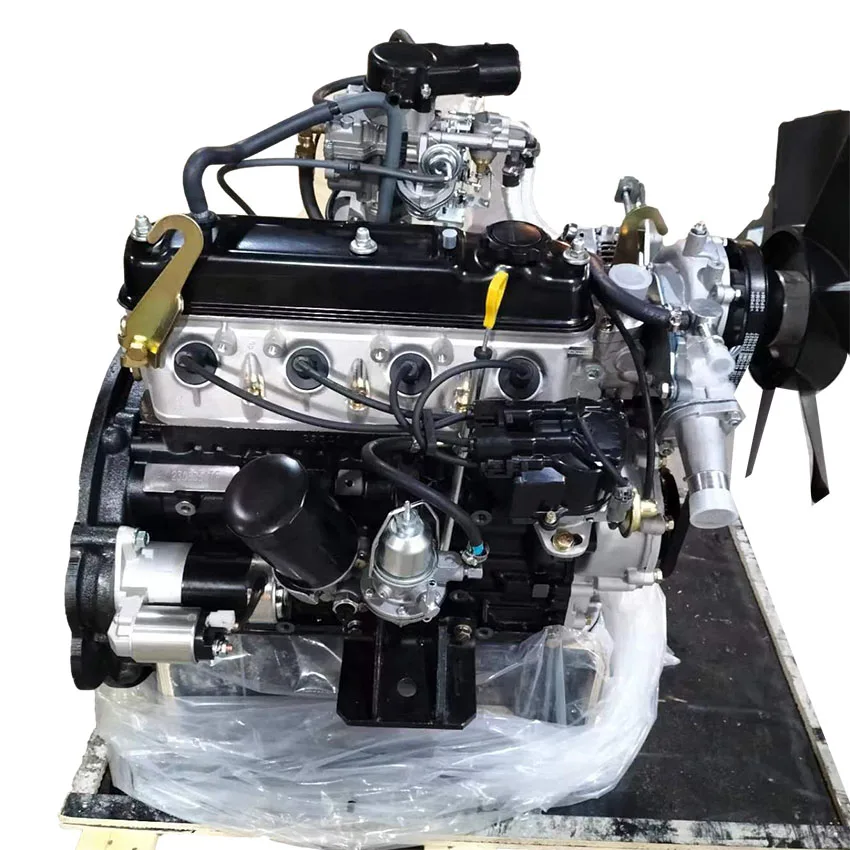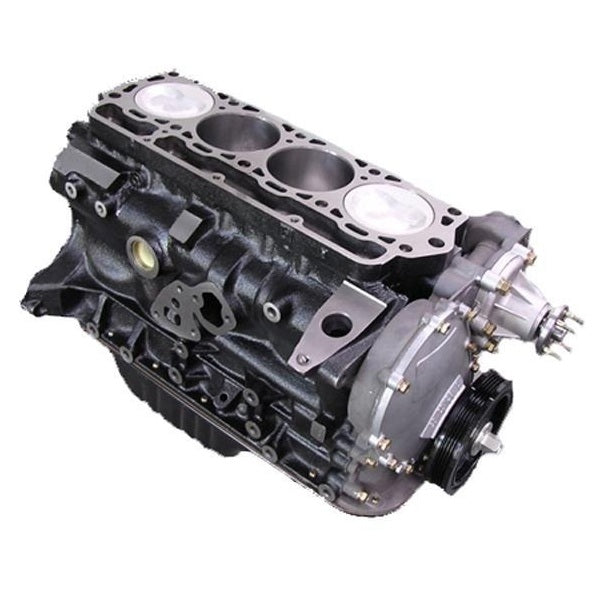Discovering the Numerous Kinds of Engine: Which One Fits Your Demands?
Internal combustion engines proceed to dominate due to their dependability, while electric engines are getting grip for their sustainability. Crossbreed engines provide a flexible compromise, and diesel engines stand out for their power in requiring applications.

Inner Combustion Engines
Interior combustion engines (ICEs) are the backbone of modern transportation, powering a large variety of automobiles from cars and trucks to airplanes. These engines operate the principle of transforming gas into power via a series of regulated surges within a combustion chamber. One of the most common kinds of ICEs consist of gas engines, diesel engines, and rotary engines, each made to meet specific efficiency and effectiveness demands.
Gasoline engines typically use stimulate ignition, while diesel motor count on compression ignition, resulting in distinct differences in gas effectiveness and power outcome (4y engine). Rotary engines, or Wankel engines, supply a portable design and smooth procedure, but are less generally made use of in mainstream applications
ICEs have actually undertaken significant advancements in modern technology, including the intro of turbocharging and gas injection systems, which boost overall effectiveness and efficiency. In spite of their efficiency enhancements, ICEs encounter increasing scrutiny due to their environmental impact, especially pertaining to greenhouse gas emissions.
Electric Engines
As worries regarding ecological sustainability and fossil gas reliance grow, electric engines have actually arised as a compelling choice to interior burning engines. These engines utilize electric motors powered by batteries or gas cells, giving a cleaner and more reliable motive powers.
Among the key advantages of electrical engines is their lowered discharges. Unlike standard engines that melt nonrenewable fuel sources, electric engines create no tailpipe discharges, significantly reducing air contamination and adding to boosted public health and wellness. Furthermore, the performance of electrical motors typically goes beyond that of internal burning engines, transforming a greater percentage of power from the source of power right into functional energy for motion.
Electric engines are likewise significant for their peaceful procedure, making them suitable for metropolitan atmospheres. 4y engine. The simplicity of their layout results in fewer moving parts, which can lead to minimized maintenance costs and increased reliability over time
Nonetheless, obstacles stay, including battery production impacts, billing infrastructure, and range limitations. Regardless of these obstacles, the growing investment in electrical vehicle innovation and renewable resource resources factors towards an encouraging future for electrical engines, placed to play a vital function in the change toward sustainable transport.
Hybrid Engines
Mixing the benefits of both electrical and standard interior combustion engines, hybrid engines represent a functional solution in the quest for reliable and lasting transportation. These engines combine a gas or diesel motor with an electric motor, enabling boosted gas effectiveness and reduced exhausts compared to traditional vehicles.
Hybrid engines operate in numerous settings, utilizing the electric motor for low-speed driving and the interior burning engine for greater speeds or when more power is needed. This dynamic procedure not only boosts fuel economy yet likewise adds to a smoother driving experience. Regenerative stopping is an additional essential feature, capturing power normally shed throughout braking and rerouting it to recharge the battery.

As customers progressively focus on eco-friendliness, hybrid engines attract attention as a sensible choice, offering review a reliable balance of performance, performance, and ecological duty. This flexibility makes them ideal for city travelling and long-distance traveling alike.
Diesel Engines
Efficiency and power are hallmarks of diesel motor, which have long been preferred for their toughness and fuel economic climate. These engines run on the concept of compression ignition, where air is pressed to a heat prior to fuel is injected, igniting it without the demand for spark plugs. This procedure enables diesel motor to attain greater thermal performance compared to gasoline engines, official site equating into far better fuel mileage and lower co2 emissions.
Diesel engines are particularly fit for durable applications such as vehicles, buses, and industrial equipment, where torque and longevity are extremely important. Their design usually includes stronger components to stand up to the greater pressures produced throughout operation, leading to longer life span and minimized maintenance costs.

Alternative Fuel Engines
While diesel motor have lengthy dominated the landscape of durable power resources, alternative fuel engines are gaining grip as feasible alternatives for a much more lasting future. These engines use a selection of fuels, such as compressed gas (CNG), propane, ethanol, and hydrogen, aiming to decrease greenhouse gas emissions and dependence on fossil gas.
One substantial benefit of different fuel engines is their potential to reduced carbon impacts. As an example, CNG engines emit less toxins contrasted to standard diesel engines, making them ideal for metropolitan transportation systems and fleets seeking to improve air quality. Ethanol, derived from biomass, not only reduces discharges yet also sustains farming economic climates.
Hydrogen gas cells represent an innovative growth in this realm, providing zero-emission power with a chemical response between hydrogen and oxygen. Difficulties such as facilities growth and production expenses continue to be barriers to widespread adoption.
Final Thought
Inner burning engines use dependability, while electric engines focus on sustainability and you can find out more lowered upkeep. Hybrid engines combine the advantages of both, enhancing efficiency, whereas diesel engines provide exceptional power and torque for sturdy applications.
Crossbreed engines supply a functional compromise, and diesel engines stand out for their power in demanding applications. The most usual types of ICEs consist of gas engines, diesel engines, and rotary engines, each made to satisfy specific efficiency and efficiency needs.
Unlike typical engines that melt fossil fuels, electrical engines produce absolutely no tailpipe emissions, considerably decreasing air contamination and adding to improved public health and wellness.Hybrid engines operate in several settings, making use of the electrical motor for low-speed driving and the internal combustion engine for higher speeds or when more power is needed. Crossbreed engines incorporate the benefits of both, improving effectiveness, whereas diesel engines give superior power and torque for heavy-duty applications.